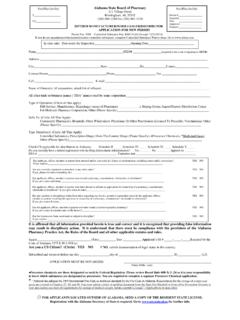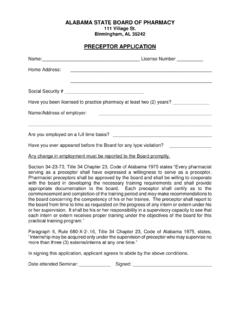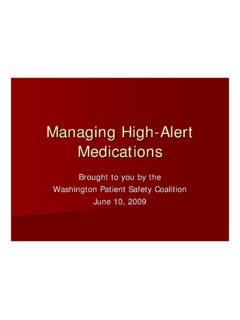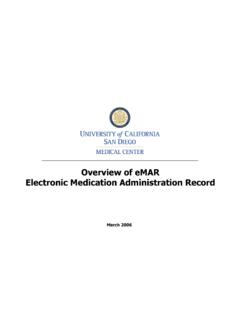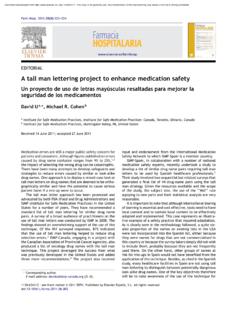Transcription of ISMP’s List of High-Alert Medications - ALBOP
1 institute for safe medication practices for safe medication practices Classes/ Categories of Medicationsadrenergic agonists, IV ( , epinephrine)adrenergic antagonists, IV ( , propranolol)anesthetic agents, general, inhaled and IV ( , propofol)cardioplegic solutionschemotherapeutic agents, parenteral and oraldextrose, hypertonic, 20% or greaterdialysis solutions, peritoneal and hemodialysisepidural or intrathecal medicationsglycoprotein IIb/ IIIa inhibitors ( , eptifibatide)hypoglycemics, oralinotropic Medications , IV ( , digoxin, milrinone)liposomal forms of drugs ( , liposomal amphotericin B)moderate sedation agents, IV ( , midazolam)moderate sedation agents, oral, for children ( , chloral hydrate)narcotics/opiates, IV and oral (including liquid concentrates, immediate- and sustained-release formulations)neuromuscular blocking agents ( , succinylcholine)radiocontrast agents, IVthrombolytics/fibrinolytics, IV ( , tenecteplase)total parenteral nutrition solutionsISMP sList of High-Alert Medicationsigh- alert Medications are drugs that bear a heightened risk ofcausing significant patient harm when they are used in mistakes may or may not be more common with these drugs,the consequences of an error with these Medications are clearly moredevastating to patients.
2 We hope you will use this list to determine whichmedications require special safeguards to reduce the risk of errors. This may include strategies like limiting access to these Medications ,using auxiliary labels and automated alerts, standardizing the ordering,preparation, and administration of these products, and employingautomated or independent double checks when necessary. (Note: manualindependent double checks are not always the optimal error reduction strategy and may not be practical for all of the Medications on the list).Specific Medications amiodarone, IVcolchicine injectionheparin, low molecular weight, injectionheparin, unfractionated, IVinsulin, subcutaneous and IVlidocaine, IVmagnesium sulfate injectionmethotrexate, oral, non-oncologic usenesiritidenitroprusside sodium for injectionpotassium chloride for injection concentratepotassium phosphates injectionsodium chloride injection, hypertonic (more than concentration)warfarinBackgroundBased on error reports submitted to the USP-ISMP medication Errors ReportingProgram and reports of harmful errors in the literature, ISMP created a list of poten-tial High-Alert Medications .
3 During August and September, 2003, more than 350practitioners responded to an ISMP survey designed to identify which of thesemedications were most frequently considered high alert by individuals and organiza-tions. Further, to assure relevance and completeness, the clinical staff at ISMP,members of our advisory board, and safety experts throughout the US were asked toreview the potential list. This list of drugs and drug categories reflects the collectivethinking of all who provided input. ISMP 2005 HPermission is granted to reproduce material for internalnewsletters or communications with proper attribution. Other reproduction isprohibited without written permission. Unless noted, reports were received through the USP-ISMP medication Errors Reporting Program(MERP). Report actual and potential medication errors to the MERP via the web by calling 1-800-FAIL-SAF(E).
4 ISMP guarantees confidentiality of information received and respects reporters wishes as to the level of detail included in publication.


